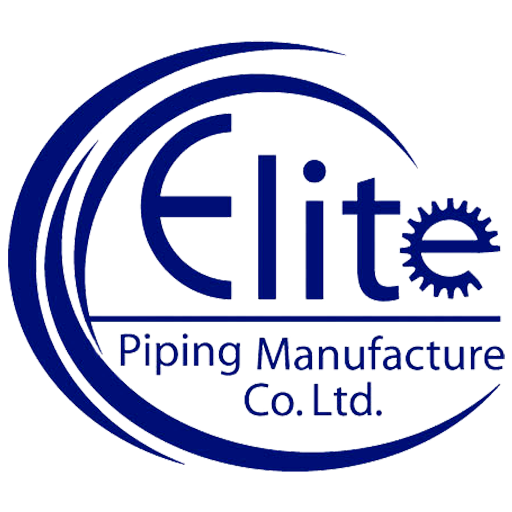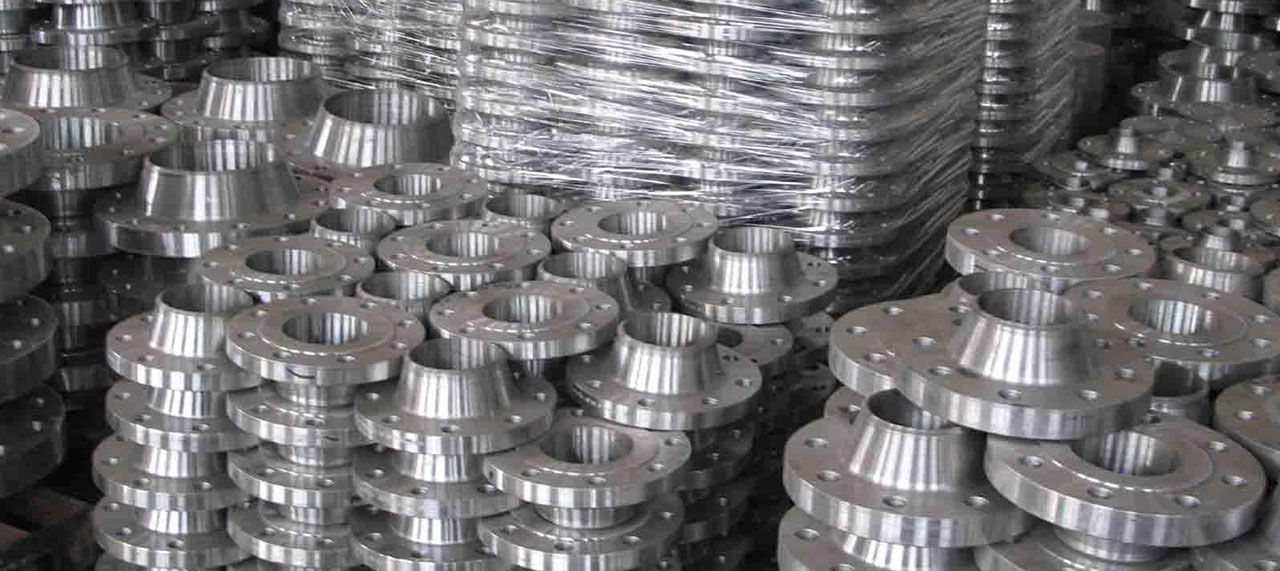Share this
Carbon steel flanges, that is, flanges or end flange connectors whose body material is carbon steel. Flanges containing carbon steel are called carbon steel flanges. Common materials are cast carbon steel grade WCB, forging A105, or Q235B, A3, 10#, #20 steel, 16 manganese, 45 steel, Q345B, etc.
Usually, to prevent rust, the surface of the flange is electroplated (yellow zinc, white zinc, etc.), brushed with anti-rust oil, or sprayed with anti-rust paint.
Commonly used standards
Ministry of Machinery Standard JB/T81-94
White galvanized carbon steel flange joints
White galvanized carbon steel flange joints
Ministry of Chemical Industry standard HG20593-97 / HG20617-97
Marine standard CB M1001-81
CB M1002-81 flange sealing surface and gasket
Thermal power standard D-GD87-1101
European Standard EN14420-2
American Flange Drilling Standard ANSI B 16.5
Carbon steel flange technical conditions
The pressure marks specified in this standard are divided into PN marks and Class marks.
PN marked with 12 pressure classes
Respectively: PN2.5; PN6; PN10; PN16; PN25; PN40; PN63; PN100; PN160; PN250; PN320; PN400
Classmark has 6 pressure levels
They are: Class 150; Class 300; Class 600; Class 900; Class 1500; Class 2500
The other meaning of the carbon steel flange is: the flange plate produced according to the size and tolerance range required by the national standard is different from the flange piece not produced according to the standard size, also known as the second standard flange (some people call it a non-standard method). Lan is incorrect), usually some unscrupulous merchants will reduce the two dimensions of flange plate thickness and outer diameter to achieve the purpose of saving materials, and use scrap steel or scrap steel to process flanges, usually this kind of steel has a chemical composition and Scraps whose mechanical properties do not meet the standards, and even flanges produced by private steelmaking in black steel factories.
The steelmaking technology used in this kind of private steelmaking is outdated and cannot guarantee mechanical properties and welding performance. It may not be welded to steel pipes during use. Or the steel itself has cracks, pores, etc. and it will leak after welding. Therefore, try to use carbon steel flanges when purchasing flanges.
Features and parameters
Carbon steel flanges are tight and reliable. It has two sealing surfaces, and various plastics are widely used in the sealing surface materials of the ball valve at present, which has good sealing performance and can realize complete sealing. Since carbon steel flanges have wiping properties during opening and closing, they can be used in media with suspended solid particles. Model Q41F–16C Q41F–25C American standard A105 is about 0.9% (the standard is 1.05Max can reach 1.65%Max with the carbon content decreasing), as for the national standard 16Mn content is about 1.3% (standard 1.2%~1.6%) Japanese standard S25C If it is lower than 0.6%.
Common process
The production process includes forging, casting, medium plate rolling, medium plate cutting and so on.
Among them, the forging price is the highest, the medium plate product is the second, and the casting product is the lowest. In terms of quality, forging is the best, rolling is the second, and casting is the third. But the caliber of forgings is generally small.
For pipe fittings, please link: https://bekingpiping.com

